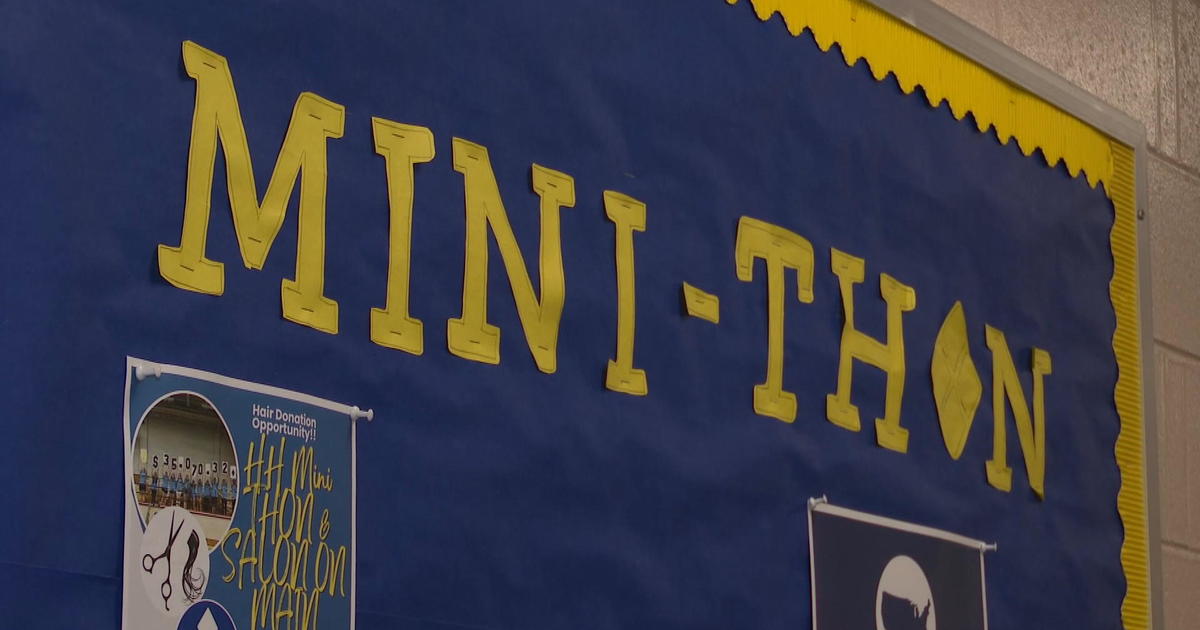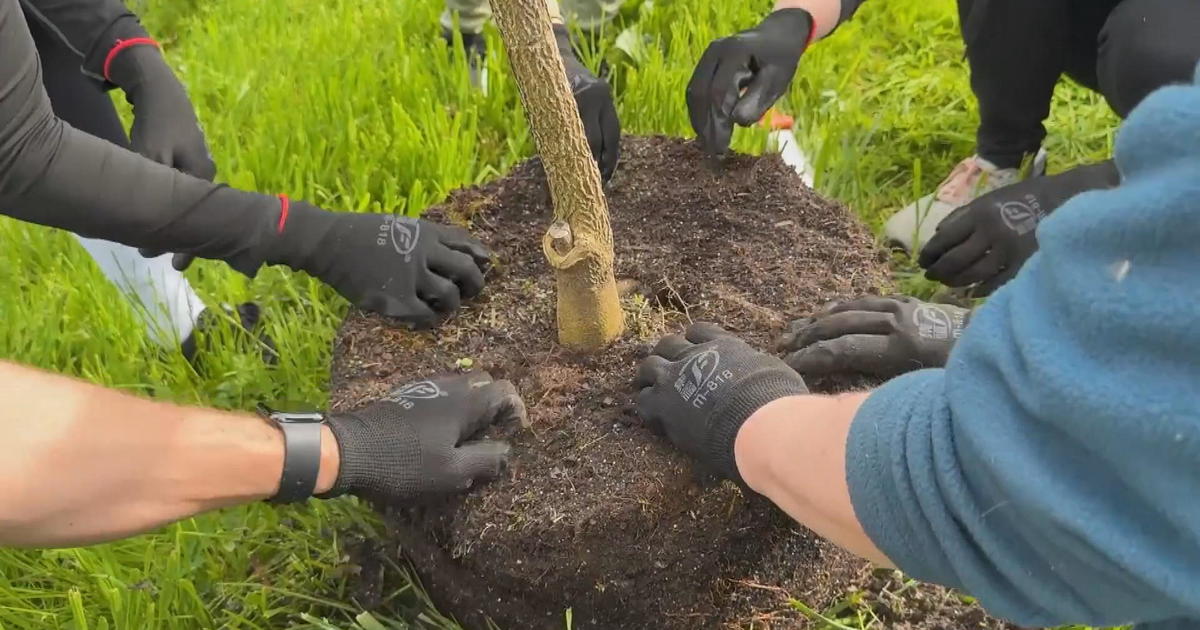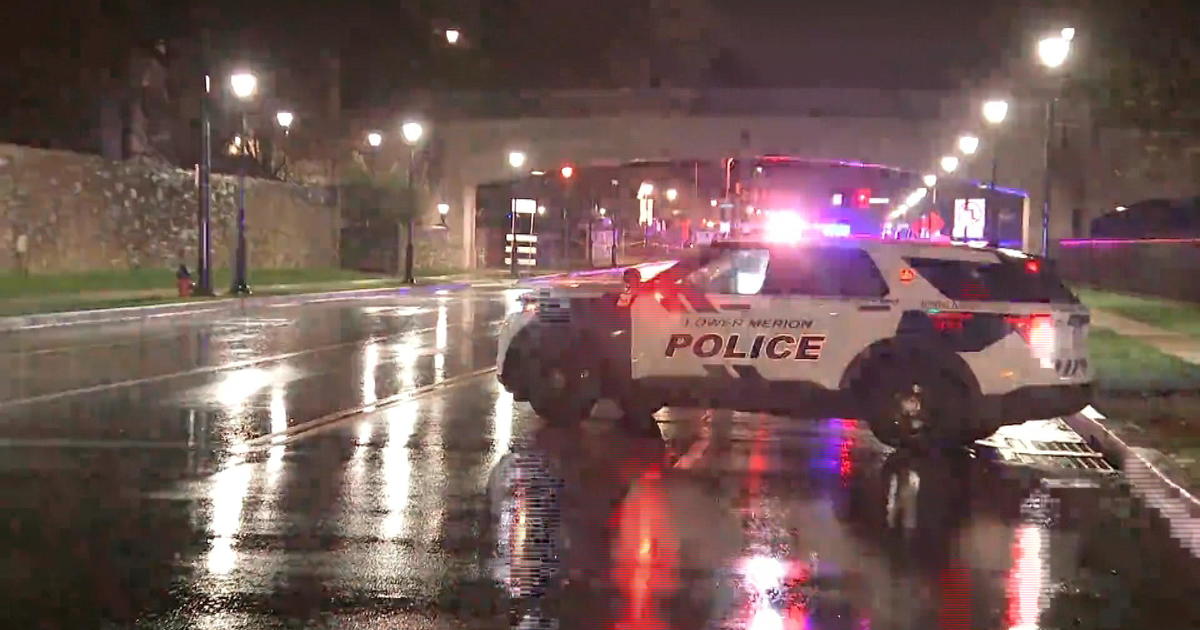'Democrats Are Becoming Way Too Extreme': Some Pennsylvania Dems Believe Party No Longer Represents Them
BEAVER, Pa. (CBS/AP) — The Democrats of Beaver County, Pennsylvania, crowded onto the steps of a local courthouse, dozens of union men protesting a looming power plant closure that would put their livelihoods at risk. The crowd was overwhelmingly white and male, and few had college degrees.
Left unsaid, at least from the podium, were broader concerns about a national Democratic Party many believe no longer represents them.
"Democrats are becoming way too extreme," Shaun Majors, a 42-year-old high school graduate who has worked at the nearby Beaver Valley Power Station for almost his entire adult life, said before last week's event began. "I voted for Trump last time, and I would again."
A few days earlier, tens of thousands of Democrats crowded into a Manhattan park, cheering Elizabeth Warren's calls for "Medicare for All," a crackdown on gun violence and the end of the fossil fuel industry. The crowd was ethnically diverse, heavily female and highly educated — people like 41-year-old Kelly Hafermann of Brooklyn, who has a master's degree and works at an Ivy League university not far away.
"I want the bold ideas," Hafermann said, praising the leftward shift of her party's politics. "I want to be around people who feel the same way."
The dueling scenes illustrate the high-stakes debate playing out among Democrats just over four months before the party begins to select its next presidential nominee. While the party's coastal elites demand bold liberal policies, working class voters in the Midwest are warning presidential candidates to move to the middle or risk giving President Donald Trump another four years in the White House.
The highly educated urban Democrats may be the most vocal, particularly on Twitter. But it is the working class in places like Beaver County who may ultimately decide Trump's fate.
None of the dozen or so union workers interviewed at a protest late last week had Twitter accounts. None had four-year college degrees. And few were committed to voting Democrat in 2020, although most were registered as such.
Daniel Keener, a 72-year-old Democrat who retired after more than two decades at the nearby power plant, said his party has moved "way too far left."
"Every one of them wants to take my gun," said Keener, motioning to the handgun clipped to his left pocket. He said he's committed to Trump in 2020, but he'll likely maintain his Democratic registration because he's "a union man" and his family has a long history with the party.
Republicans suffered sweeping losses in the 2018 midterm elections in part because Trump's turbulent leadership style and divisive policies have alienated women. But he won the presidency in 2016 on the backs of working class men in Pennsylvania, Michigan and Wisconsin, states that hadn't backed a Republican for president in almost two decades.
Beaver County, a region just outside Pittsburgh set along the Ohio border, is one of 14 counties in Pennsylvania that Trump carried in 2016 where Democrats had a registration advantage. There were more than 59,000 registered Democrats and 40,000 registered Republicans in the county that year, but Trump ultimately carried Beaver County by almost 16,000 votes, according to data compiled by The Associated Press.
The swing was just as bad or worse in neighboring counties surrounding Pittsburgh.
In Fayette County, a 20,000-person Democratic registration advantage turned into a 17,000-vote loss on Election Day; a 13,000-person registration advantage in Washington County became a 25,000-vote Democratic loss; and in Westmoreland County, a 10,000-person registration edge produced a 57,000-vote loss.
Nationwide, Democrats lost at least 573 such counties, including municipalities across five New England states, according to AP data for the 31 states that track party affiliation.
The trend was particularly acute across Michigan and Wisconsin. Although depressed minority turnout in major cities helped Trump win, Democrats quietly concede that white working class voters represent their most significant challenge in 2020.
Painfully aware of the defections that helped Trump win, union members and local party leaders are urging national party leaders and presidential candidates to moderate the bold policies that make up the backbone of Warren's and Vermont Sen. Bernie Sanders' campaigns.
"This country is still made up of a very strong middle-of-the-road voice," said Darrin Kelly, president of the Allegheny County Labor Council, which represents roughly 100,000 union members in the region. Democrats, he said, are "not getting on the ground out here and listening to what we have to say."
Asked about the direction of the party, Kelly said, "Speaking strictly from a western Pennsylvania point of view, I find it to be troubling, a lot of it to be troubling, I really do."
Democrats are not ignoring the region altogether.
Former Vice President Joe Biden featured western Pennsylvania as part of his campaign launch. Sanders rallied supporters in Pittsburgh. Minnesota Sen. Amy Klobuchar appeared in the area last week.
Warren spent part of her weekend on the picket line in Michigan with striking auto workers.
"We are sick and tired of an America that works for a thinner and thinner slice at the top and isn't working for anyone else," she declared.
Yet union members in western Pennsylvania are quick to say that Warren's embrace of the Green New Deal, which would essentially end the fossil fuel industry over the next decade, would be a disaster for working families in the region.
Beaver's main street is booming, thanks in part to the nearby construction of a massive petrochemical plant employing thousands of construction workers. Trump toured the $6 billion plant last month.
Sitting outside a coffee shop a mile from the construction site, Beaver County Democratic Party Chairwoman Terry Mitko worried that the plant would hurt local air quality, but her criticism was largely muted. Asked about her party's message, she encouraged candidates to avoid issues that turn off local Democrats, like gun control, abortion, impeachment and the Green New Deal.
Mitko acknowledged that messaging in the age of Trump is complicated. Her local Democratic committee, for example, couldn't find even three issues to agree on for their new platform. She's encouraging 2020 candidates to focus on jobs and education.
"We've got 50,000 Democrats. Some will vote for Trump. But there are a lot of people who won't," she said. "I'm optimistic."
At the union protest just down the street, 60-year-old power plant electrician Terrence Ankrom, a registered Democrat, isn't so optimistic about the future of his party.
He shared his concerns with two friends while waiting for the rally to begin. All three voted for Trump.
They laughed when asked whether they had Twitter accounts. One pointed to his flip phone.
Ankrom said he voted for Trump in 2016 largely because he didn't want to vote for Hillary Clinton. Looking at the 2020 Democratic field, he singled out Warren.
"I'd listen to her," Ankrom said.
When one friend suggested that the working class would have to pay higher taxes to fund Warren's policies, Ankrom backed down. The only reason he was slightly open to Warren was because of his wife, he said.
"My wife's pretty smart. I respect her. She said she was interested in Warren," Ankrom explained. "This was early on."
A recent CBS News battleground tracker shows Biden clinging to a narrow lead over Warren in an estimate of convention delegates.
(© Copyright 2019 CBS Broadcasting Inc. All Rights Reserved. The Associated Press contributed to this report.)



